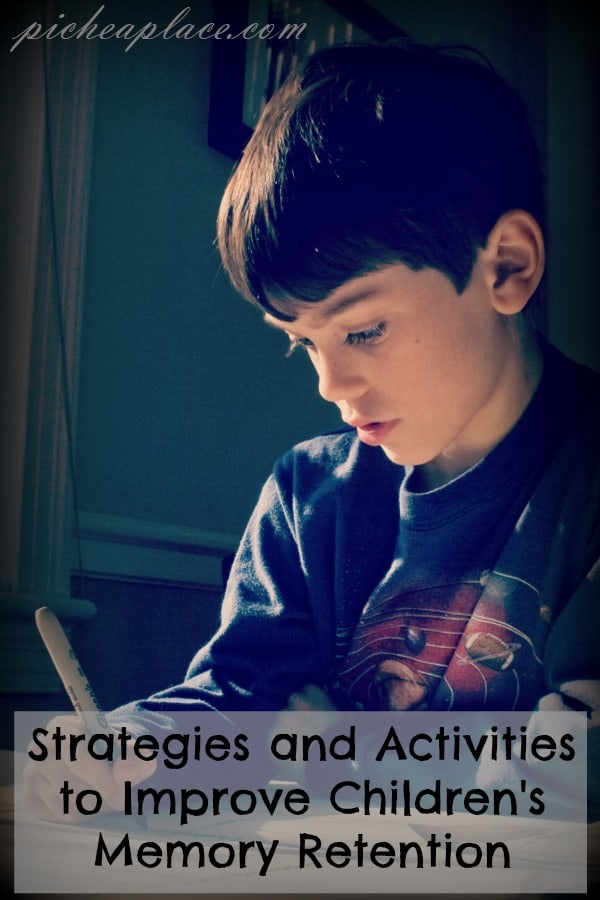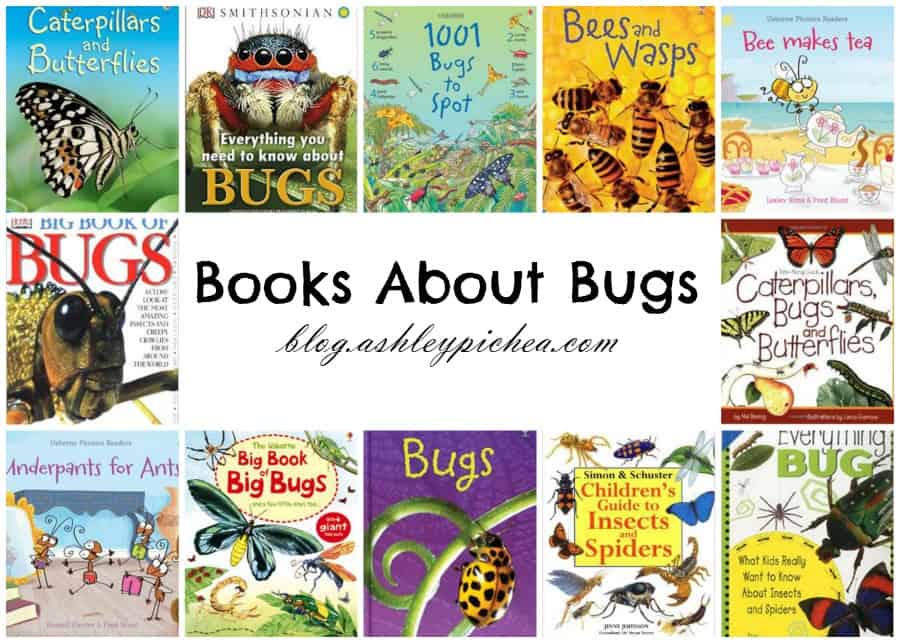Strategies and Activities to Improve Children’s Memory Retention
Everyone can have a difficult time remembering things sometimes. However, if see this happening with your children frequently, there are some things you can do to help them boost their memory and retain information longer. You can use these strategies and activities to improve children’s memory retention.

1. Rhyme it, sing it, or acronym it.
It is easier to remember new things when they are associated with rhyming words, music, or other patterned tones.
Examples you may be familiar with are “I before E, except after C and when sounding as “A” in neighbor and weigh,” the alphabet song, and “My Dear Aunt Sally – MDAS.”
Get a notebook and use it to write down some of the mnemonic devices your children use. Be sure to revisit and review this book often.
2. Draw it.
The ability to visualize things is important in many areas, especially when it comes to math and problem solving. Encourage your children to visualize a concept and then ask them to draw what they see.
For example, if you wanted one of the children to set the dinner table for five family members, ask them to draw a picture of what that would look like.
3. Teach it.
One of the best ways to remember something is to teach it to someone else. Depending on your children’s ages, you may want to encourage them to teach you, a younger sibling, or even teach it to a doll or stuffed animal.
I often have Jenny teach David how to do something in order to test whether or not she truly understands it. Teaching someone else about what you are learning is a great way to help it stick in your own brain.
4. Number it.
If you’ve ever asked someone to get four things from the store and they only came back with two or three, you’ll love this one! When your children need to remember multiple things, include the number in your request. For example, “I need you to get these four things….” and then list them by name on a numbered shopping list.
We use numbering frequently when giving instructions, using fingers to count off the instructions as we review them… it’s helpful for children (especially young ones) to be able to count off each instruction as they do it.
5. Feel it.
When your children can associate a feeling with something new, they are more likely to remember it.
For example, the children are learning about how electricity was discovered. Ask, “How would you have felt if you had been zapped by lightning, like Benjamin Franklin?”
Sensory experiences can help to cement facts in the child’s brain.
6. Connect it.
In order to make something memorable, children must be able to hook the new information to prior knowledge.
For example, if the new information is about adding fractions, the children may be able to relate the fraction concept with the measuring they did when they baked cookies.
When kids can “connect the dots” in their brains, building new information on the old, they are able to more easily recall the new information at a later time.
7. Color it.
Color is one of the bits of information that sneaks into our brains even when other information is filtered out. Our brains “notice” color and remember it first. This means that if things have color or are color coded, the children will be more likely to remember it. So, the goal is to add color to the important things children need to remember or notice first.
This can be done in a variety of ways. For example, use colored file folders and notebooks to organize subjects, write with colored pens (blue rather than black), write important words or phrases using a red pen or pencil, use colored stick-on dots, etc. Be sure to create a color key to make things even easier to remember.
8. Sense it.
When children are introduced to a new concept, it helps to incorporate a wide variety of activities using as many senses or learning modalities as possible. The more senses that a concept can be hooked to, the easier it will be to remember.
While this may be a little difficult in a traditional school setting, as a parent, you should be able to provide some additional experiences and activities in your home. This is a wonderful opportunity to do some hands-on learning and relate it to local places and experiences.
9. Relax it.
Stress, frustration, and feeling overwhelmed all tend to inhibit children’s ability to remember things because the reactive brain takes over and prevents a smooth flow of information. You may recognize this as the fight or flight reaction. The solution to this hindrance to memory retention and recall is to help children relax.
As adults, we do this all the time. When we’ve tried repeatedly to remember a name but it still doesn’t come, we just stop thinking about it and often find that it just pops into our heads. This happens because we relaxed.
Children can get really worked up over not being able to remember something, especially if it’s an ongoing problem. Teach the children to relax by doing something fun or listening to music. Giving children this kind of down time before beginning homework opens up the memory pathways and sets the course for success.
10. Use it or lose it.
Children’s short-term memory is just that – short. If they need to remember how to do something in the future, it needs to be reviewed or practiced often. The more it’s practiced or used, the longer it will stay in the children’s memory.
Our brains regularly archive information to make room for new concepts. To make sure that information is used or practiced, consider turning the information into a game. For example, you could make up your own version of trivial pursuit or make a board game that requires answering questions to progress on the board.
Forgetting things from time to time is normal. If your children frequently forget or have difficulty with recall, there are things you can do to help. Use these strategies and activities to improve children’s memory retention or to get back on track.
original photo credit: https://www.flickr.com/photos/wwworks/4274040778






